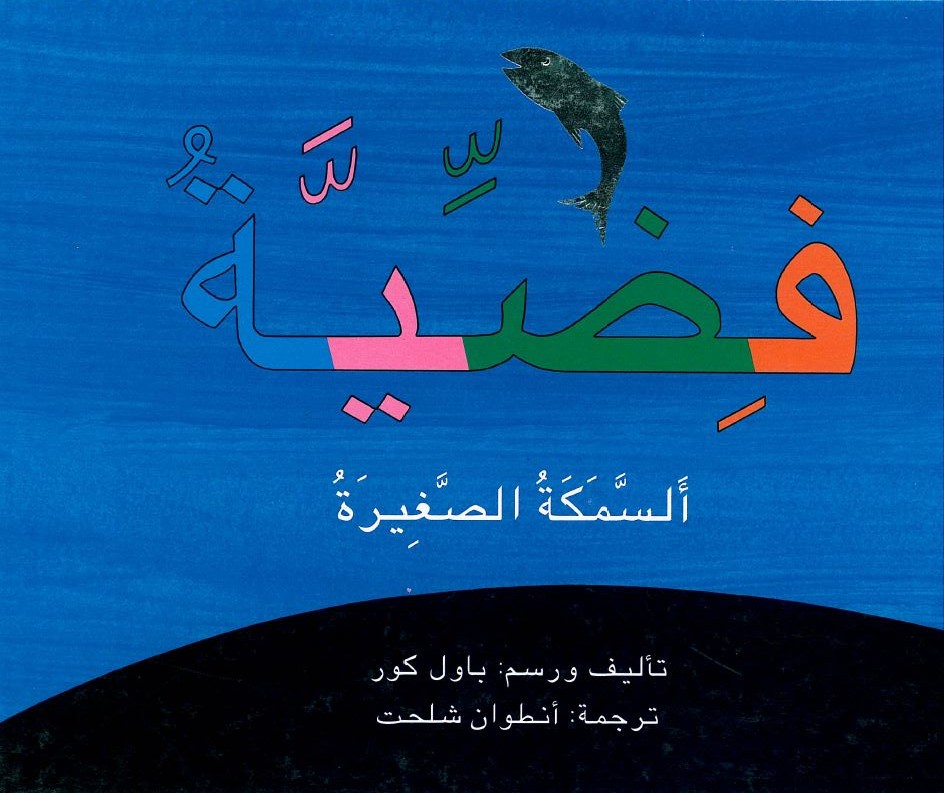
There was once a nice small silver fish, Fiddiya, swimming alone in the blue sea and suddenly … He saw … A large black mass … He thinks it is a mountain but it is a small whale who is crying because he lost his mother. Fiddiya and her friends help the whale find his mother. Parent suggestions are likely to focus on the way that each person can help another, big or small.
The book was translated from Hebrew. Original title is Kaspion.



